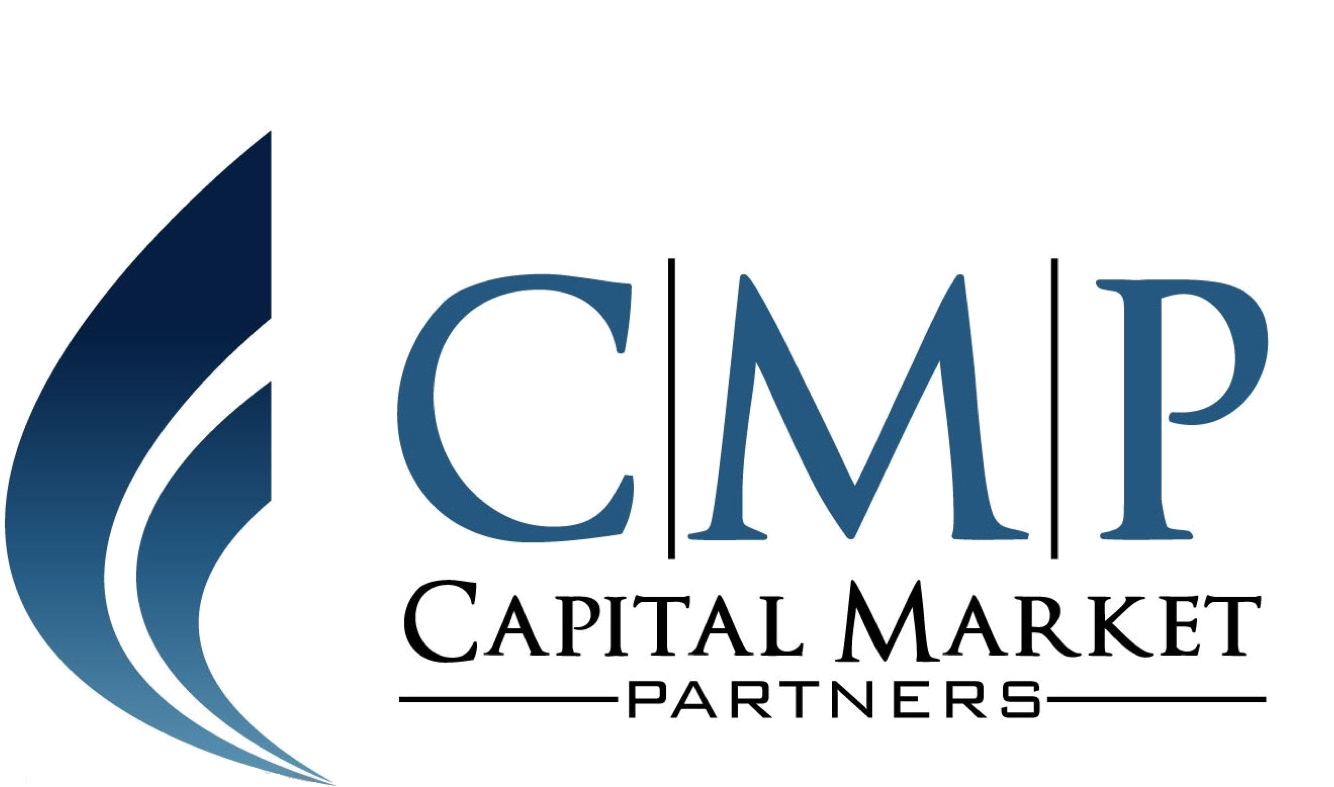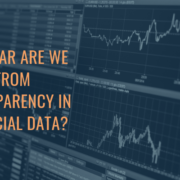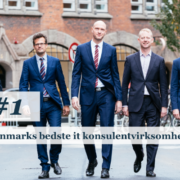EU’s Action Plan For Financing Sustainable Growth Entails New Regulation for Financial Institutions
Responsible Investment and sustainable growth are amongst the hottest topics in the financial world. The European Commission has placed itself in front of this agenda with the launch of their ‘Action Plan for Financing Sustainable Growth’. The first EU regulation is already adopted, yet financial market participants are only at the beginning of this regulatory movement with sustainability as the focal point. Follow the first blog about the importance of ESG and sustainability in the capital market.
Read more








